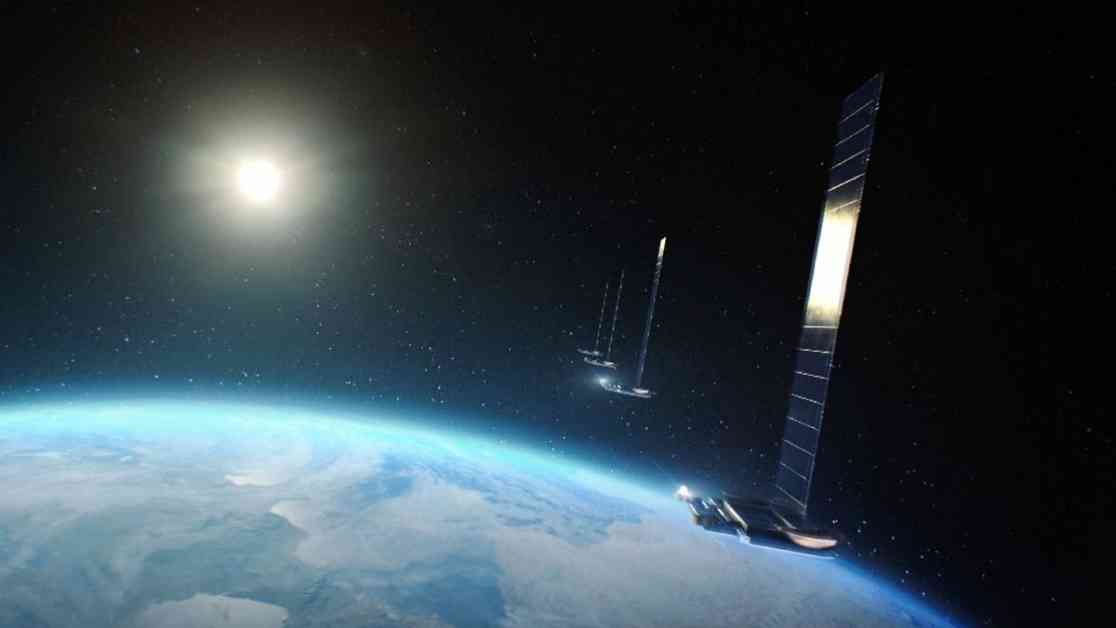China’s new Qianfan, or “Thousand Sails,” satellites have caught the attention of astronomers due to their bright reflections back to Earth. These satellites, part of a proposed megaconstellation by Shanghai Spacecom Satellite Technology (SSST), are meant to rival SpaceX’s Starlink satellites in providing global internet coverage.
The first batch of Qianfan satellites was launched on August 6, with plans to deploy up to 15,000 satellites by 2030. However, concerns have been raised about the brightness of these satellites, which far exceed the limits recommended by astronomical authorities. The satellites can be seen with the naked eye at night, causing potential disruptions to astronomical research and stargazing.
A recent study analyzed the light signatures of the Qianfan satellites and found that their design includes a flat antenna panel facing Earth and a solar array pointing away, similar to Starlink satellites. These characteristics contribute to their brightness, with some satellites reaching a magnitude of 4 at their peak brightness.
The International Astronomical Union’s Centre for the Protection of Dark and Quiet Skies recommends that commercial satellites stay above a magnitude of 7 to avoid interfering with astronomical observations. The researchers warn that upcoming satellites in the Qianfan constellation could be even brighter, posing further challenges to astronomers and space enthusiasts.
Efforts to reduce the brightness of communication satellites have been successful in the past, such as SpaceX’s use of built-in mirrors on their second-generation Starlink satellites. However, it remains to be seen if SSST will take similar measures to address the brightness of the Qianfan satellites.
In addition to concerns about light pollution, communication satellites can also disrupt radio astronomy and contribute to space debris in low-Earth orbit. Further observations are needed to assess the impact of the Qianfan satellites on these issues and determine if they pose similar challenges to current satellite constellations.
Overall, the launch of the Qianfan satellites highlights the growing presence of megaconstellations in orbit and the need to balance technological advancements with environmental and astronomical concerns. As more satellites are deployed, it will be crucial to address their impact on the night sky, scientific research, and space sustainability.










